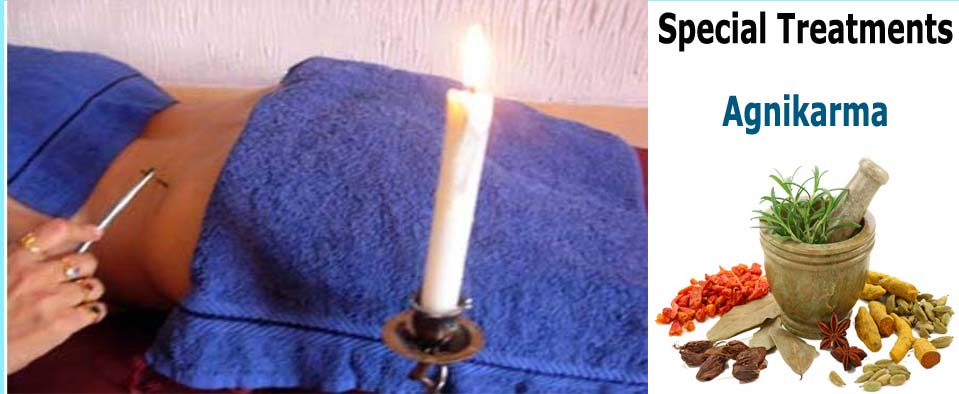

Virechana-Purgatives
Virechana means elimination of Dosha through the faces by increasing bowel movements.
To whom Virechana should be given ?
Chronic fever Jeerna jwara Skin diseases Kushta Urinary enomalies of metabolic origin Prameha Piles Arsha Fistula Bhagandara Diseases of spleen Pleeha roga Tumours Arbuda Goiter Galaganda Glandular enlargement Granthi Obstruction in urination Mutraghata Worms Krimi Erisepalus Visarpa Anaemia Pandu Headache, Backache Heart disease Hridroga Asthama Swasa Cough Kasa Jaundice Kamala Epilepsy Apasmara Mental diseases Gout Vata Rakta Deformities of sperms Abdominal enlargements Udar including Ascites Constipation Vibandha Oedema Shotha Tympanitis Anaha Filaria Shleepada Deformities of mother’s milk Abscess Vidradhi Pitta predominant diseases Before conception to have a healthy child. Some common medicine which are used
- Eranda Bhrista Hritaki churna mild
- Avipattikara churna mild
- Triphala churna mild
- Sramsana churna mild
- Dina dayala churna mild
- Draksha Aragawadha haritaki kwatha
- Katuki kwatha – medium
- Triphala Kwatha – mild
- Eccha Bhedi rasa – Very powerful
- Jalodarari rasa – Very powerful
- Ashwa Kanchuki rasa – Very powerful
How to Give ?
Virechana medicine is always given on empty stomach.
Mild virechana like Haritaki, triphala etc. can be given in night at bed time with hot water. They all produce one or two motions in morning in mild dose.
All drastic purgatives can be given in morning between 7 to 8 A. M. with ordinary water.
Nothing by mouth should be given after virechana until satisfactory result.What is to be done during Virechana ?
Patient should be instructed to watch his stool for number, colour and frequency and consistency.
Watch for Ayoga and Atiyoga lakshana
If patient is very weak, give him bed pan.
Watch for complications and treat them accordingly.Usefulness of virechana :
It is very useful to irradicate pitta and rakta doshaja diseases.
It is useful to reduce fat and bulk of body.
Useful in joint and marrow diseases.
Useful in disorders of mother’s milk, and seminal fluid as well as ovum and its disorders.
It strengthens muscle and body.
Increases intelligency
Benificial for colour complexion
Increases life span
Promotes agni ( apetite / pachan shakti )
It is useful for genetic disorders and healthy progeny.What should be done after Virechana Karma ?
Complete rest in bed including mouna – no talk
Samasarjana karma from evening
Shamana medicine
Proceed for next therapeuticsSamsarjana Karma
To restore agni functions light diet is given after Shodhana known as samsarjana karma. It is as follows :
The day Time of diet Pravara Shuddhi Maddhya Shuddhi Avara Shuddhi
First Morning
Evening -
Peya - -
Second Morning
Evening Peya
Peya Peya
Vilepi Peya
Akrita or krita yusha
Third MorningEvening Vilepi
Vilepi Akrita
Yusha
Krita
Yusha Akrita or krita
Mansa rasa
Normal diet
Fourth MorningEvening Vilepi
Akrita
yusha Krita
Yusha
Akrita Mansa
Rasa Akrita or krita
Mansa rasa
Normal diet
Fifth Morning Krita
Yusha Normal diet -
Sixth MorningEvening Akrita mansa
Rasa
Krita mansa
Rasa -- -
-
Seventh Morning Normal diet - -What is peya : Peya is one kind of yavagu. Take rice about 50g. mix it with 400 ml. water and cook it. After rice is cooked take the water portion only. It is peya.
What is Vilepi : 50g. of rice is cooked with 4 times i.e. 200 ml. of water, and semi liquid part can be used. It is called vilepi.
What is Yusha : Mung beans, masura dal etc. are cooked in water and kept as semiliquid. This is called yusha. When it is mixed with trikatu, pippali, maricha, salt etc. it is called krita yusha. About 40-50 g. mung is cooked in about 500 to 600 ml. water.
What is Mansa Rasa : Mutton juice
300 g. mutton is cooked in 600 ml. water which is called heavy (gadha). 240 g. mutton cooked in 600 ml. water is called medium (Maddhyama) and 150 g. mutton cooked in 600 ml. water is called liquid (Patala). Only Mansa Rasa that is liquid portion of mutton (juice) is taken to drink. When it is mixed with salt, maricha, jeeraka etc. (condamen) it is called krita mansa rasa.







